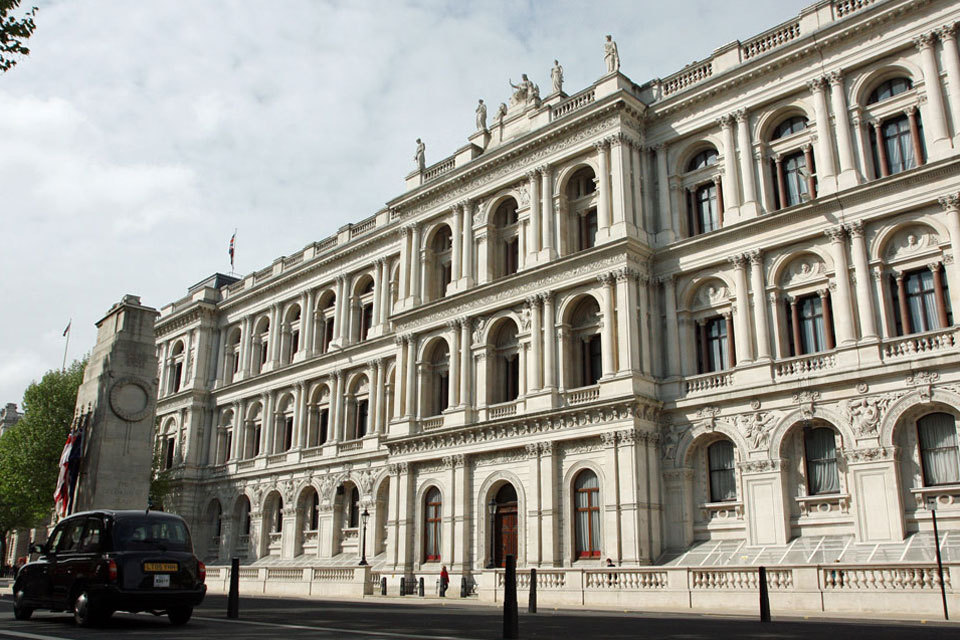
- Select a language for the TTS:
- UK English Female
- UK English Male
- US English Female
- US English Male
- Australian Female
- Australian Male
- Language selected: (auto detect) - EN
Play all audios:
PATIENT CARE IN RADIOGRAPHY The radiography technologist provides for the patient's physical and psychological needs. Along with communication skills, body mechanics, isolation and
aseptic techniques, students learn the care of IV's and drainage tubes. There is also a focus on emergency protocols, as well as contrast reactions. Students’ complete CPR certification
and achieve competency in venipuncture. Students master the ARRT General Patient Care Procedures and achieve a simulation competency in venipuncture prior to the expectation of
demonstrating competency during their clinical experience. MEDICAL TERMINOLOGY I In this course students learn to recognize and build medical terms after learning the meaning of word parts.
The application of radiographic terms will be discussed. Emphasis is placed on building medical terms using prefixes, suffixes, and word roots. The course is based on a systems approach.
Students will also learn how to interpret and use common medical abbreviations and symbols. Upon completion, students should be able to pronounce, spell, and define accepted medical terms.
RADIOGRAPHIC PROCEDURES I This course will provide the student with the knowledge necessary to perform radiographic procedures relative to the thoracic and abdominal cavities, upper
extremities including shoulder girdle, bony thorax, and mobile radiography. Emphasis will be on radiographic terms, positioning, manipulation of radiographic equipment and accessories and
related patient care considerations. Surgical radiography will be introduced. (Corequisite: Patient Care in Radiology) RADIOGRAPHIC PROCEDURES I LAB Instructors demonstrate projections,
which will best demonstrate the anatomy learned during didactic learning. Students also will demonstrate projection they have learned. RADIOGRAPHIC EXPOSURE AND TECHNIQUE I This course
covers an introduction to the scientific principles that govern radiographic technical factors. Topics include receptor exposure, contrast, spatial resolution, and distortion. Photographic
and geometric properties of radiographs are discussed. The course begins covering fluoroscopic imaging and the image intensifier. This course is designed to create a foundation of knowledge
upon which an understanding of the principles that govern radiographic technique and quality can be built. CLINICAL PRACTICUM I This is the student’s experience in performing as an actual
part of the health care team. The clinical training plan will focus on patient care, protocol in the health care facility and imaging department, and on identification of diagnostic
equipment and supplies. Students will also practice interpreting general radiographic considerations. Emphasis will be radiographic positioning and manipulation of radiographic equipment and
accessories related to radiography. The student will continue to acquire and build skills while performing radiographic procedures. The student will continue to increase skill in portable
radiography. Students are required to demonstrate competency in regular radiographic areas and procedures, also pediatrics and trauma. Competency is achieved in studies requiring the use of
contrast agents, especially those of the digestive and urinary systems. In addition, the student is introduced to specialized studies of the vascular system, computed tomography, digital
imaging, magnetic resonance, mammography, and ultrasound. This course emphasizes the development of independence, discretion and judgment by the student while performing radiographic
procedures. The student is expected to correlate all clinical and didactic experience while demonstrating proficiency and efficiency.








:max_bytes(150000):strip_icc():focal(319x0:321x2)/people_social_image-60e0c8af9eb14624a5b55f2c29dbe25b.png)
